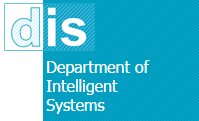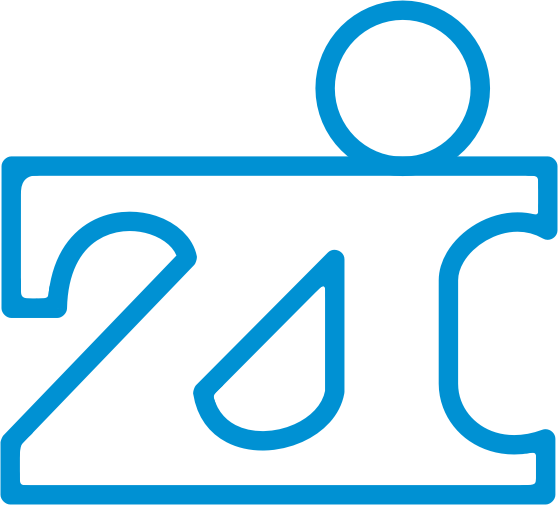Study
This proposed study seeks to integrate mobile psychophysiological monitoring with ecological momentary assessment (EMA) of stress and eating behavior to examine the relationship between autonomic nervous system (ANS) health, stress, and eating in a naturalistic setting. Studying how emotions and physiology impact eating behavior in real-time has substantial potential for just-in-time intervention using novel mobile technologies.
Participants will be male veterans with binge eating disorder. The protocol will be comprised of one lab-based day followed by three at-home days with EMA. assessment of ANS health by monitoring heart rate variability (HRV) under relaxed and stressed conditions. During the at-home protocol, participants will rate their current stress level on a visual analog scale before eating and, after eating, they will answer items asking if the eating episode included several unhealthy eating behaviors (overeating, binge eating, loss of control, non-nutritious/high calorie foods, and violation of dietary rules). One day of the at-home protocol will involve participants taking photos of their food before eating in order to independently, objectively rate overeating and non-nutritious/high calorie foods. The at-home protocol will also require participants to continuously wear a heart rate monitor in order to capture HRV before eating episodes.
The aims and hypotheses of the study are as follows:
• Aim 1: Examine if self-reported stress precedes unhealthy eating behaviors (overeating, binge eating, loss of control, non-nutritious/high calorie foods, violation of dietary rules) in male veterans with BED? This aim will replicate previous findings that stress often precedes unhealthy eating in a novel sample of male veterans.
o Hypothesis: Compared to episodes of healthy eating (without overeating, binge eating, loss of control, non-nutritious foods, violation of dietary rules); unhealthy eating episodes are likely to be preceded by higher self-reported stress.
• Aim 2: Determine if lab-based ANS flexibility measured by HRV at baseline and when stressed predicts frequency of unhealthy eating behaviors (overeating, binge eating, loss of control, non-nutritious/high calorie foods, violation of dietary rules) during the 3-day data collection period. This aim is the first step to determining if ANS health is related to naturalistic eating behavior.
o Hypothesis: lower ANS flexibility at baseline and when stressed will be predictive of higher frequency of negative eating behaviors.
• Aim 3: Determine the user/patient experience of wearing a portable heart rate monitor connected to a smartphone with EMA for clinical use in assessment and intervention of binge eating. This aim will determine if future EMA studies using HRV or other psychophysiology as triggers for assessment or intervention be feasible?
o No hypothesis
This project will be the first naturalistic study to examine the relationship between self-reported stress, ANS health, and eating behavior in a clinical population with binge eating. The innovative EMA technique will merge traditional self-report and objective assessment of stress states. These methods will provide high external validity, reduce retrospective bias in self-report measures, and enable multiple assessment time points. Findings from this study will inform novel mobile interventions integrated with objective, psychophysiological measures of stress that work to change eating behaviors in real-time.


